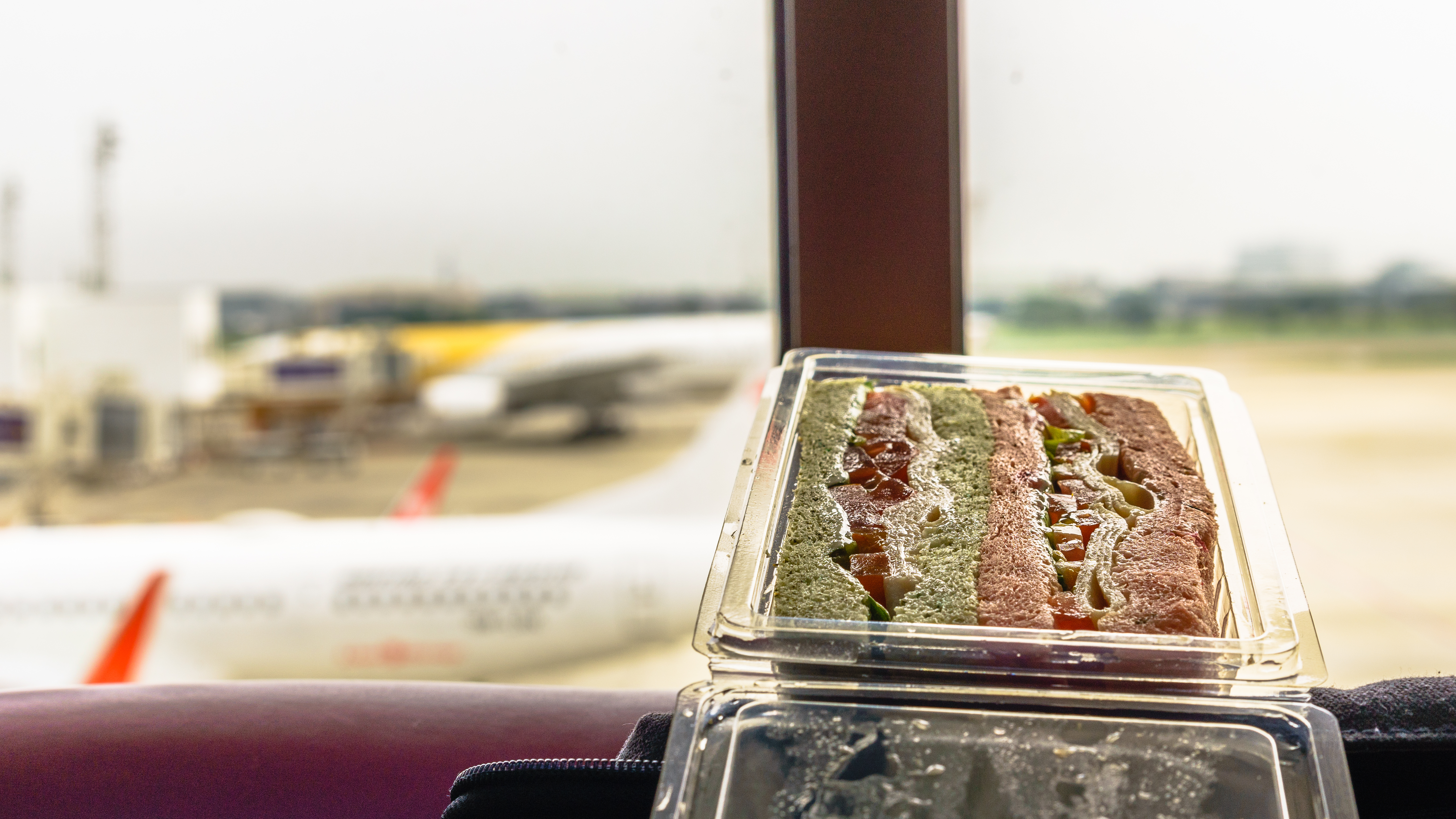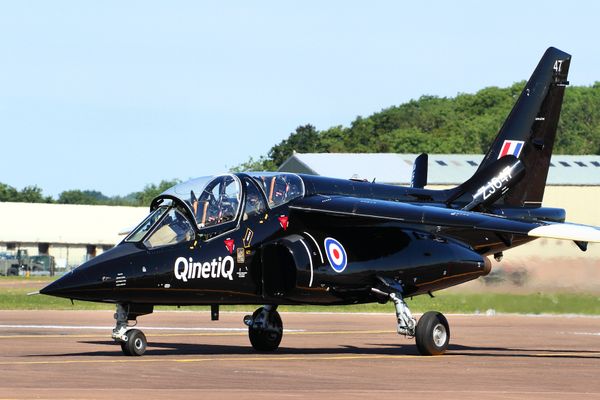
Many people who travel or fly are shocked by the airport menu. The cost of food and drinks within the airport terminals often surprises consumers and prompts questions about the reasons behind these high prices. If you look deeper into airport economics, there may be an explanation.
A quick navigation
An important factor behind the high cost of food is the high rent airports charge. Unlike regular shopping areas where businesses can negotiate directly with property owners, airport vendors must pass a complicated process.
This involves Requests for Proposals (RFPs) and lease agreements with hefty fees. Take Portland International Airport, for example. Businesses there face a minimum annual fee of $80 per square foot or a 10-18% commission on sales.

These rates are way higher than those in the city’s commercial districts. Because of these high rents and strict leasing terms, businesses end up charging an extra cost to their consumers.
Airport vs. Regular Retail
Think about the cost of everyday food items within airport terminals compared to their price in a regular retail outlet. A quick comparison will already show plenty of differences. Airport prices often exceed the prices charged in a regular shop by significant amounts.
Take, for example, a simple bottle of water. Your local grocery store will charge around $2.00, while at the airport, they will charge you around $4.00.

Similarly, a cup of coffee priced around $3.00 in your local bar may cost you around $6.00 at the airport. This may seem weird initially, but it isn’t that wild if you delve deeper into it.
Inflation
Inflation adds further pressure on airport prices. In recent years, the rise in operating costs has led to increased prices across airport shops and food stands. Factors such as labour expenses, supply chain problems, and changing commodity prices play an important role.
For example, the cost of getting food and supplies has increased by an average of 15% over the past two years, forcing businesses to raise their prices.
:max_bytes(150000):strip_icc()/GTM-Top-10-Domestic-Airports-for-Food-Minneapolis-St-Paul-International-Airport-FT-BLOG0323-500e65c612ea4fba9351233c40a2475d.jpg)
Next to the consumer buying power, this rising cost trend has created a challenging environment for airport vendors. Next to that, they also have to balance profitability and affordability.
The Costliest and Most Affordable Airports
Here is a short analysis of dining costs that offers valuable insights for those who want to understand the price differences across different airports. According to recent data, LaGuardia Airport in New York is one of the most expensive airports for dining.
Average prices for food and beverages exceed national averages by 30% or more. Similarly, airports such as San Francisco International Airport and Newark Liberty International Airport have premium dining options prices, reflecting their status as essential airports.

If you look closer at airports in smaller cities or regions with lower operating costs, they offer more affordable dining options. Indianapolis International Airport and Cincinnati/Northern Kentucky International Airport have prices below national averages.
Strategies and Tips
Savvy travelers are assuming strategies to lessen the impact of high airport prices on their wallets. Bringing your snacks and beverages from home can help you avoid buying expensive airport food.
This allows you, or any traveler, to enjoy treats without spending too much on them. So, you will explore some benefits if you look at your expenses or money spent during your trip.

Next, you could save some money on your transportation costs if you, for example, choose off-site parking. If you combine all these tips, you could have some more breathing room to spend your budget on more essential expenses.
This puzzle of high airport food prices shows you how complex things that have to do with the economy in airports can be. You may avoid obstacles during your holiday by understanding how everything works and preventing facing some challenges.
Boom Supersonic Says It Can Fly Faster Than Sound, Without a Sound » Pakistan International Airlines Returns to Manchester after 5-Year Ban » This Delaware Firm is Saving FBOs Millions in Hangar Costs »
Comments (0)
Add Your Comment
SHARE
TAGS
INFORMATIONAL Foods Coffee Snacks Inflation Airport Airline Airport shop Shop Restaurent Boeing Aviation AirbusRECENTLY PUBLISHED
 Beyond GPS: How Quantum Navigation Could Redefine the Future of Flight
Quantum Navigation: It may sound like something out of a science fiction novel, but navigation using the principles of quantum physics is quickly becoming a reality.
INFORMATIONAL
READ MORE »
Beyond GPS: How Quantum Navigation Could Redefine the Future of Flight
Quantum Navigation: It may sound like something out of a science fiction novel, but navigation using the principles of quantum physics is quickly becoming a reality.
INFORMATIONAL
READ MORE »
 Cliffs, Clouds, and Courage: Lukla Airport Nepal, The World's Most Dangerous Airport
Perched high in the Himalayas, Lukla Airport — officially known as Tenzing-Hilary Airport — is widely regarded as the world's most dangerous airport. Located in Nepal's Khumbu Pasanglhamu region near Mount Everest, it serves as a critical gateway for trekkers beginning their journey to the world's highest peak.
INFORMATIONAL
READ MORE »
Cliffs, Clouds, and Courage: Lukla Airport Nepal, The World's Most Dangerous Airport
Perched high in the Himalayas, Lukla Airport — officially known as Tenzing-Hilary Airport — is widely regarded as the world's most dangerous airport. Located in Nepal's Khumbu Pasanglhamu region near Mount Everest, it serves as a critical gateway for trekkers beginning their journey to the world's highest peak.
INFORMATIONAL
READ MORE »
 Boom Supersonic Says It Can Fly Faster Than Sound, Without a Sound
After the retirement of the Concorde in 2003, the regulations that grounded high-speed airlines over land, which were originally written in the 1970s, remained untouched. Boom Supersonic's upcoming airliner, Overture, aims to change that. Through a combination of modern aerodynamics and advanced computing, Boom believes the era of quiet supersonic flight over populated regions is closer than most might think.
STORIES
READ MORE »
Boom Supersonic Says It Can Fly Faster Than Sound, Without a Sound
After the retirement of the Concorde in 2003, the regulations that grounded high-speed airlines over land, which were originally written in the 1970s, remained untouched. Boom Supersonic's upcoming airliner, Overture, aims to change that. Through a combination of modern aerodynamics and advanced computing, Boom believes the era of quiet supersonic flight over populated regions is closer than most might think.
STORIES
READ MORE »



